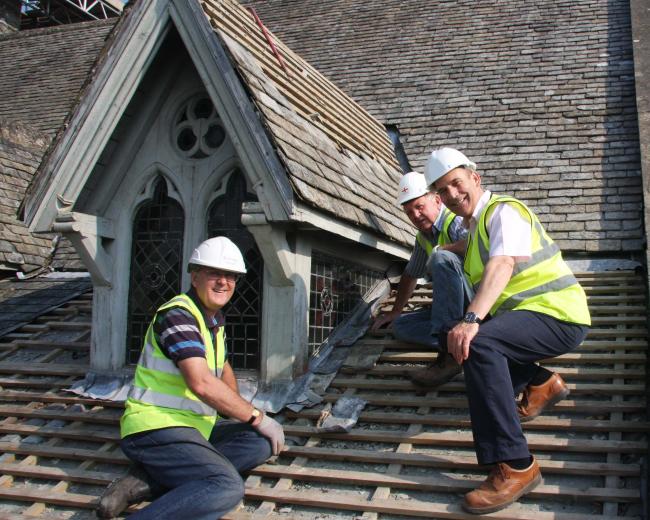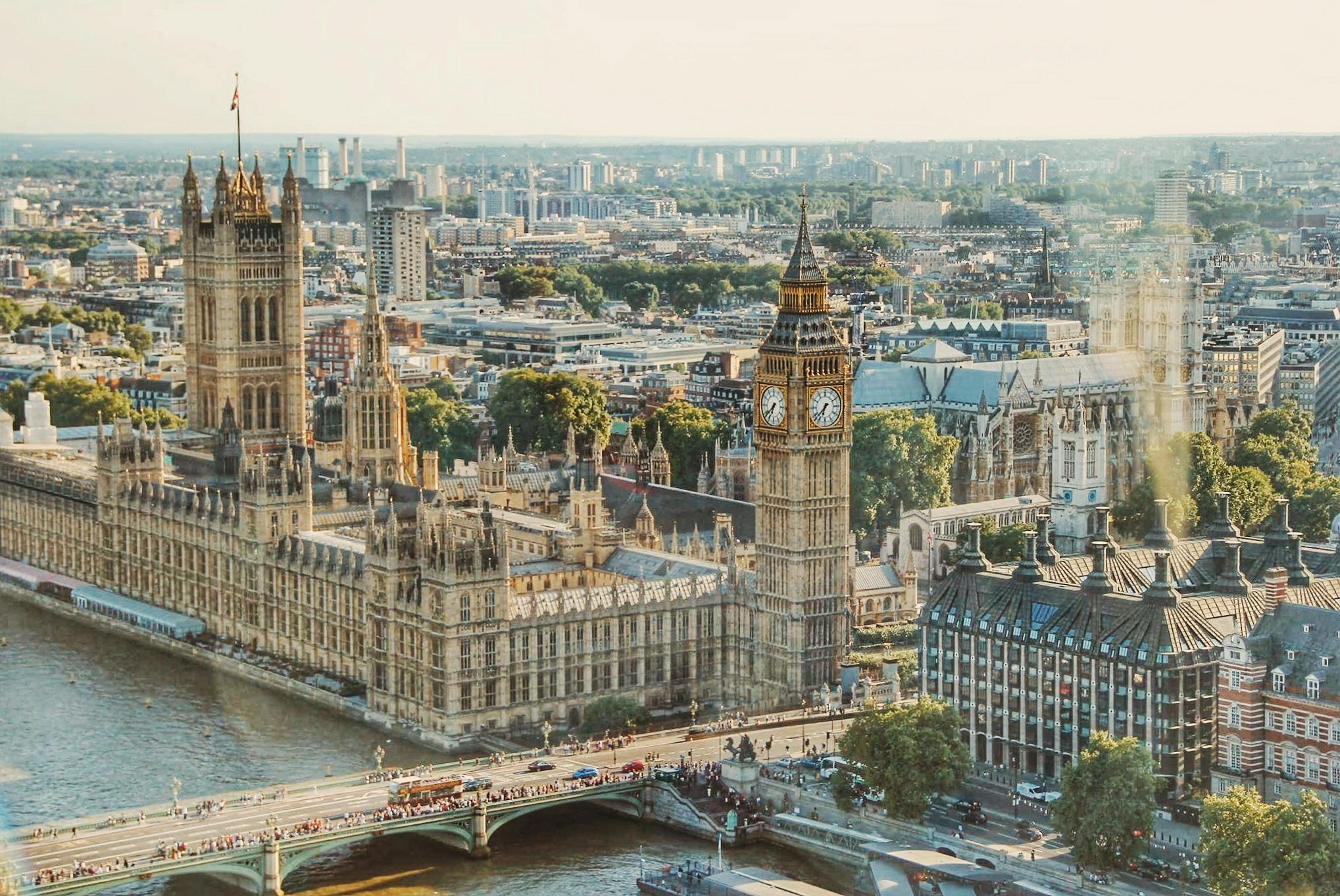By Sir Philip Rutnam, Chair of the National Churches Trust
The new Government inherits a country with stressed public finances and strained public services. Imagination, ingenuity and leadership are all going to be needed – and whatever happens to taxes, the state will be in no position to solve every problem. But there is one national resource, sometimes overlooked by politicians and policy makers that can help: the UK’s network of 38,500 churches and chapels.
Christian faith is often said to be in decline, yet today churches provide the UK’s National Help Service. Food banks, addiction and mental health support, combating loneliness – these and countless other essential activities take place in church buildings and provide a vital lifeline for people in need across the country.
Together, the UK’s church buildings provide much of the social glue that keeps our communities together. They are the safety net that stops our most vulnerable people falling through the cracks, improving lives and diverting cost from the state.
The social and economic value provided to the UK by these activities is at least £55 billion a year – that’s roughly twice as much as the total spend on adult social care by local authorities. In the process, churches are relieving immense cost pressures on our National Health Service.
And the benefits don’t stop there
Most of this activity is based in buildings that are among the oldest and most significant heritage we have. About 20,000 churches and chapels are listed, including nearly half of the UK's most important historic buildings, Grade I or equivalent.
Many of them are hundreds of years old but are still at the physical and emotional centre of our communities. A vital presence in the urban and rural landscape, creating a sense of place and belonging. And they contain the UK’s most important collections of sculpture, glass, and vernacular art.
But there is a threat hanging over all this social good, history and architecture.
In most European countries, the state provides large-scale funding for church buildings. There are church taxes of some kind in Italy, Germany, Switzerland, Austria, Spain and most of Scandinavia.
France is the most secular-minded European state, but since 1905 its churches have been directly owned by the government, either nationally (cathedrals) or locally (all the rest).
In the UK, by contrast, the burden rests almost entirely on the shoulders of local people, the congregations that actually worship in the buildings.
Only the cathedrals of the Church of England receive any regular funding from that Church’s endowment.
From the 1970s, successive UK Governments provided ringfenced funding for major repairs, but this was abolished in 2017.
Today there is a desperate shortage of money to look after this heritage. Roofs leak, towers crumble and floors collapse. As a result, there are over 900 on the Historic England Heritage at Risk Register. In Wales, about a quarter of historic churches and chapels have closed in the last decade, and just as many are now at risk. The Church of Scotland – guardian of many of the country’s most important buildings – is actively planning the closure of 30-40 per cent of its churches.
In the coming years, many more churches that are otherwise viable are going to close for want of funds to repair the roof or tower or stonework. And as always, it is the poorest and more isolated places that are the worst hit, and the places where the need is greatest.

What the new UK Government needs to do
To help us all, the new UK Government should strive to keep this amazing network going. Every Church Counts sets out six key actions needed to save the UK’s church buildings.
These include reinstating ringfenced funding, keeping in place the Listed Places of Worship Grants Scheme, which allows historic churches to reclaim the VAT on repairs, new incentives for the public to give and for philanthropy to play a greater role, a strategy to boost tourism, more use of churches for community support services , and regular opening during the week.
Our vision is that church buildings across the UK are well maintained, open to everyone, sustainable and valued. Of course, no single actor can fix the problem. That’s why what is needed above all is a national plan, drawn up by the new UK Government, heritage organisations and the different denominations.
With 66 per cent of UK adults saying they think that churches are important for society and 68 per cent saying that they are an important part of our heritage and history the new UK Government can be sure that saving the UK’s churches for the future will have the overwhelming support of the public.


